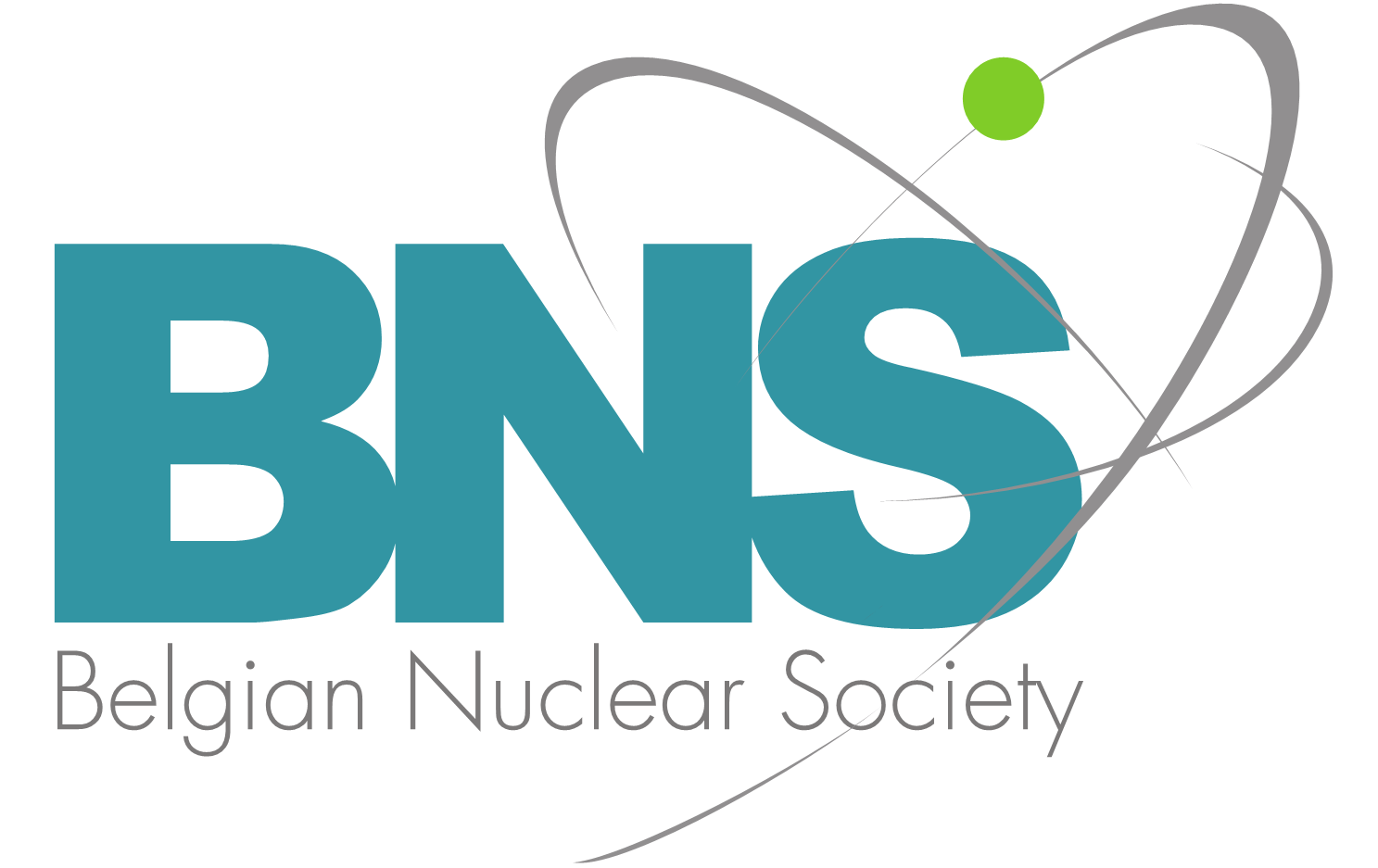Evening Lecture – The recent development of proton therapy
The use of protons, and other charged particle beams for radiotherapy was already proposed by Bob Wilson in 1946. The first clinical applications started 20 years later, in the late 1960’s in Berkeley, at Harvard University and in Uppsala (Sweden), in nuclear physics laboratories.
We had to wait to the 1990’s to see the first proton therapy systems in hospitals, starting with Loma Linda University Medical center, near Los Angeles, and Massachusetts General Hospital (MGH) in Boston. The system of Loma Linda was developed by a national laboratory, the Fermi National Laboratory, and the contract for the MGH system was awarded to the Belgian Company Ion Beam Applications. MGH was therefore the first of the proton therapy systems developed and built by industry.
Since the year 2000, the development of proton therapy has been really exponential, with more than 250 rooms of proton therapy treating patients or in construction at this time (end of 2016). Today, more than 50,000 patients have been treated on the PT systems of IBA only.
The main reason of this exponential development is the capacity of proton beams to deliver more radiation dose in the tumor, and less in the healthy organs surrounding the tumor. This allows treating better the cancer, and causing much less collateral damage to the patient than conventional radiotherapy using high energy X-ray beams.
In this presentation, we will show how the physics of protons allows to concentrate the radiation dose in the target. We will also review the technologies used to accelerate proton beams to energies sufficient to reach deep seated tumors in the patient body, and to deliver a pencil proton beam scanning the target in 3 dimensions in the patient body.
Finally, we will show how new technologies, and especially the use of superconducting magnets has allowed to reduce the size and the cost of proton therapy systems, allowing this technology to become accessible to hospitals of smaller size.
Interestingly, while several major industrial groups compete in the proton therapy market, the Belgian SME IBA has succeeded to remain the world market leader, with around 50% world market share.
Speaker
-
Yves JongenFounder and CEO of IBA
